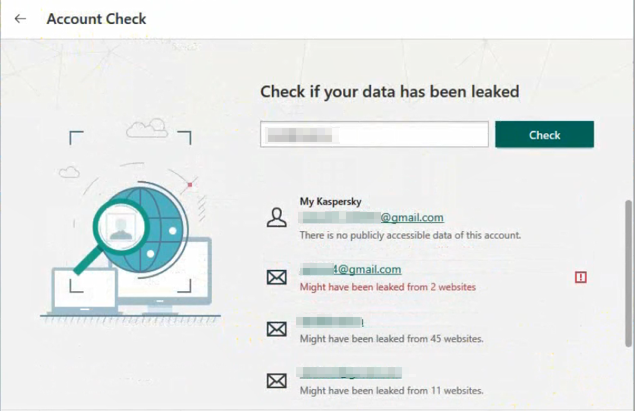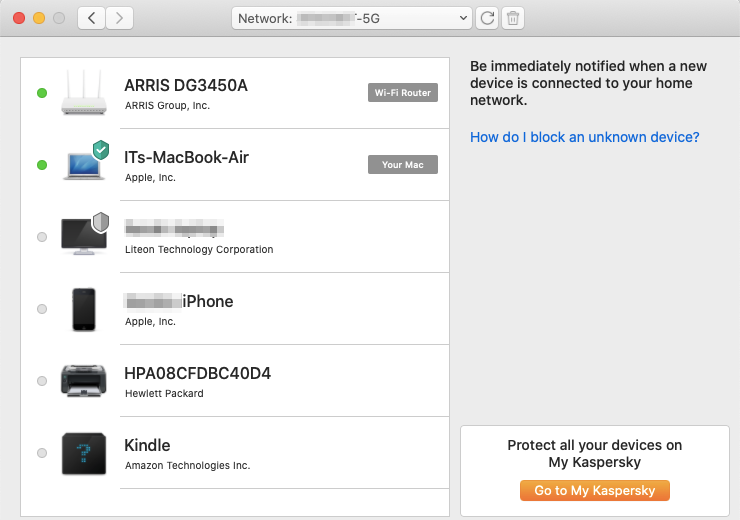Getting connected has never been so easy. In the not-so-distant past, you might’ve needed technical certification to get a home Wi-Fi network up and running, but that hasn’t been the case for quite a few years. These days, home networking is practically plug-and-play.
Note that we haven’t mentioned security anywhere yet. Of course, any reader of this blog knows that’s a trap. The challenge of home and external networking is to get connected reliably and safely.
When it comes to home networking, we really don’t recommend skipping the few steps needed to get and stay connected in a safe, secure way. That means changing the default network name and password, cutting off remote access, and doing a few other things.
How Kaspersky Security Cloud improves your home network security
The first time you run the latest iteration our all-in-one home security solution, Kaspersky Security Cloud, it automatically gets to know your home network. In addition to protecting the devices you know you have connected to the network, it catalogues all networked devices in case something doesn’t belong.
In the utility’s Home Network interface, you can view the list of connected devices, add friendly names, and perform some light administration. Critically, the device list includes MAC addresses for all connected devices (as well as the device type and name, its operating system, and IP address, plus a note about which devices are running Kaspersky software). If you see something that doesn’t belong, you can then use your router’s administration software to kick it off the network and block it for good.

Information about a device connected to your network includes its MAC address, which you can use to kick the device off the network and block it in your router’s settings
Once you have your network mapped and have ensured that every device on it is a welcome one, then outsiders should not be able to help themselves to your network connection. That said, in the event a new device sneaks onto the network, Kaspersky Security Cloud alerts you so that you can quickly cut off its access.
In the event that you would prefer not to be notified about new devices joining your network, Windows users can disable the notifications — ad hoc, using the Disable notifications for this network link in the notification, or through the application’s preferences:
- Open the main application window;
- Click the network icon that corresponds to your connection type (e.g., wired or wireless) toward the bottom of the window;
- In the “Devices in my network” window, click the menu icon (three dots);
- Select Disable notifications.
You can also use the above instructions simply to confirm that your notification settings reflect your preferences.
What else is new in Kaspersky Security Cloud?
When we say that Kaspersky Security Cloud gets to know your home network, we should also mention that in its latest iteration, we’ve added wired connections to the map. Although most connections these days are wireless — smartphones, tablets, laptops — it’s also entirely likely you have a stationary device or two wired right to your router with an Ethernet cable.
As fast as Wi-Fi connections are, devices near enough to your router can still benefit from that ultrafast Ethernet connection; and many families still have a central desktop computer plugged in and acting as a household hub. Therefore, we added that visibility to the new Kaspersky Security Cloud.
We also added tools to simplify the process of adding protection to other users’ devices. They include the ability to generate QR codes and share links to help your family members add Kaspersky security to their devices.
Features such as automatic checking of e-mail addresses for potential data leaks have bene expanded as well. Account Check already let users know if data associated with their e-mail addresses leaks online; now the feature is substantially easier to use, automatically checking the e-mail addresses users enter when logging in to accounts and also providing the option for users to add e-mail addresses to the list of addresses the product checks.

The Account Check feature lets you know if data associated with your e-mail addresses is leaked online
To home network security and beyond
Securing your home network is also just one more reason to install and maintain the best security available. With just about everything in the world connected to just about everything else, and cybercriminals organized to pounce on everything from one person’s overused passwords to a vulnerability in a huge network, the one true security tip simply doesn’t exist.
It takes a product, ultimately to secure your network. Kaspersky Security Cloud‘s specialized module for home network security adds measures of control for home users.
 Kaspersky Security Cloud
Kaspersky Security Cloud



 Tips
Tips